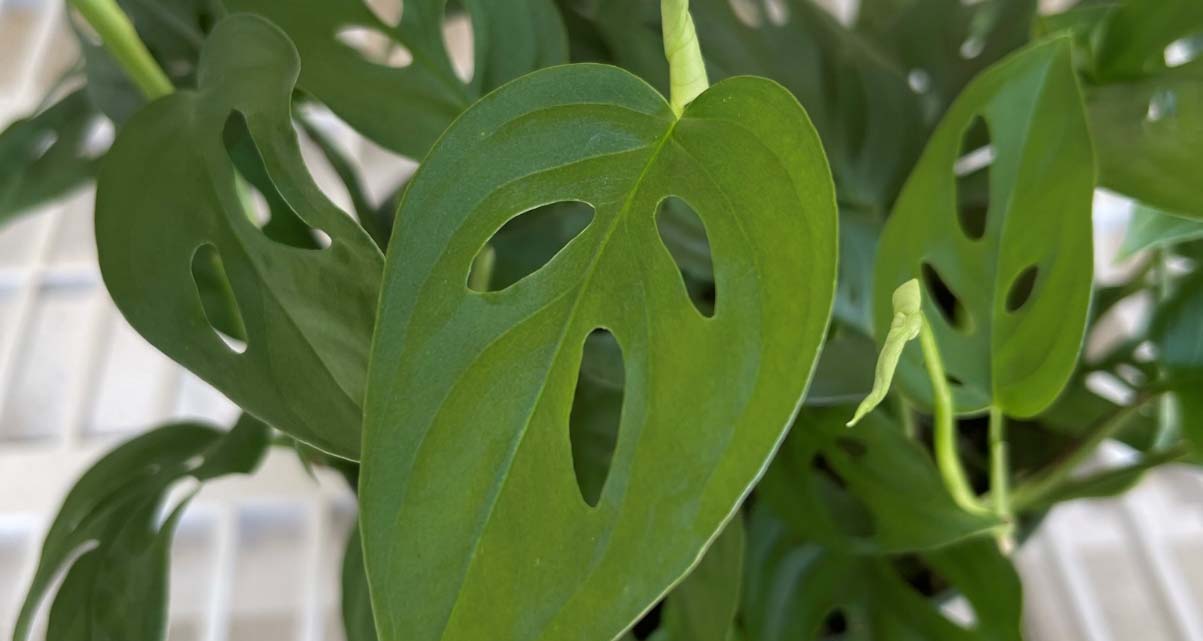Abstract
Plants inside our homes, offices, or those used as part of a patio garden have been shown to create a relaxed, productive environment and to improve indoor air quality. Overall, they are efficient, low-cost, and sustainable. While houseplants are safe to grow and provide many benefits, some can be toxic if ingested accidentally, which could be a concern for those with pets or small children. This publication is intended to inform homeowners, home gardeners, pest management professionals, and other plant enthusiasts of some of the most common poisonous plant species used as houseplants in Florida. It should be noted that while photos are provided of each species, there are many variations of each plant described, which could have different foliage color, variegations, slightly different leaf shapes, or flower colors.
References
Arditti, J., and E. Rodriguez. 1982. “Dieffenbachia: Uses, Abuses, and Toxic Constituents: A Review.” Journal of Ethnopharmacology. 5(3): 293-302. https://doi.org/10.1016/0378-8741(82)90015-0
Chang, C. Y., and P. K. Chen. 2005. “Human Response to Window Views and Indoor Plants in the Workplace.” HortScience. 40(5): 1354-1359. https://doi.org/10.21273/HORTSCI.40.5.1354
Descotes, J., ed. 1996. Human Toxicology. The Netherlands: Elsevier Science.
Engelbrecht, A., and A. M. Cilliers. 2012. “Poisonous Plants: More About…Emergency Medicine.” CME: Your SA Journal of CPD. 30(11): 420-423. https://hdl.handle.net/10520/EJC128862
Evensen, K. H., R. K. Raanaas, C. M. Hagerhall, M. Johansson, and G. G. Patil. 2015. “Restorative Elements at the Computer Workstation: A Comparison of Live Plants and Inanimate Objects With and Without Window View.” Environment and Behavior. 47(3): 288-303. https://doi.org/10.1177/0013916513499584
Fitzgerald, K. T. 2010. “Lily Toxicity in the Cat.” Topics in Companion Animal Medicine. 25(4): 213-217. https://doi.org/10.1053/j.tcam.2010.09.006
Han, K. T. 2009. “Influence of Limitedly Visible Leafy Indoor Plants on the Psychology, Behavior, and Health of Students at a Junior High School in Taiwan.” Environment and Behavior. 41(5): 658-692. https://doi.org/10.1177/0013916508314476
Hung, C. Y., J. Qiu, Y. H. Sun, J. Chen, F. S. Kittur, R. J. Henny, G. Jin, L. Fan, and J. Xie. 2016. “Gibberellin deficiency is responsible for shy-flowering nature of Epipremnum aureum.” Scientific Reports. 6(1): 1-11. https://doi.org/10.1038/srep28598
Kim, H. H., J. Y. Yang, J. Y. Lee, J. W. Park, K. J. Kim, B. S. Lim, G. W. Lee, S. E. Lee, D. C. Shin, and Y. W. Lim. 2014. “House-Plant Placement for Indoor Air Purification and Health Benefits on Asthmatics.”. Environmental Analysis Health and Toxicology. 29. https://doi.org/10.5620/eht.e2014014
Liu, Y. J., Y. J. Mu, Y. G. Zhu, H. Ding, and N. C. Arens. 2007. “Which ornamental plant species effectively remove benzene from indoor air?” Atmospheric Environment. 41(3): 650-654. https://doi.org/10.1016/j.atmosenv.2006.08.001
Meshram, A., and N. Srivastava. 2015. “Epipremnum aureum (Jade pothos): A Multipurpose Plant with its Medicinal and Pharmacological Properties.” Journal of Critical Reviews. 2(2): 21-5.
Metcalfe, D. J. 2005. “Hedera helix L.” Journal of Ecology. 93(3): 632-648. https://doi.org/10.1111/j.1365-2745.2005.01021.x
Milewski, L.M., and S. A. Khan. 2006. “An Overview of Potentially Life-Threatening Poisonous Plants in Dogs and Cats.” Journal of Veterinary Emergency and Critical Care. 16(1): 25-33. https://doi.org/10.1111/j.1476-4431.2005.00151.x
Morgan, E. C., W. A. Overholt, and K. A. Langeland. 2004. “Wildland Weeds: Arrowhead Vine, Syngonium podophyllum: ENY-715/IN530, 9/2004.” EDIS 2004 (15). https://doi.org/10.32473/edis-in530-2004
Nieuwenhuis, M., C. Knight, T. Postmes, and S. A. Haslam. 2014. “The Relative Benefits of Green Versus Lead Office Space: Three Field Experiments.” Journal of Experimental Psychology: Applied. 20(3): 199. https://doi.org/10.1037/xap0000024
Pegas, P. N., C. A. Alves, T. Nunes, E. F. Bate-Epey, M. Evtyugina, and C. A. Pio. 2012. “Could houseplants improve indoor air quality in schools?” Journal of Toxicology and Environmental Health, Part A. 75(22-23): 1371-1380. https://doi.org/10.1080/15287394.2012.721169
Pohl, R.W., 1961. “Poisoning by Dieffenbachia.” JAMA. 177(11): 812-813. https://doi.org/10.1001/jama.1961.03040370074021
Severino, L., 2009. “Toxic Plants and Companion Animals.” CABI Reviews. 1-6. https://doi.org/10.1079/PAVSNNR20094008
Siroka, Z. 2023. “Toxicity of House Plants to Pet Animals.” Toxins. 15(5): 346. https://doi.org/10.3390/toxins15050346
Wood, R. A., M. D. Burchett, R. Alquezar, R. L. Orwell, J. Tarran, and F. Torpy. 2006. “The potted-plant microcosm substantially reduces indoor air VOC pollution: I. Office Field-study.” Water, Air, and Soil Pollution. 175: 163-180. https://doi.org/10.1007/s11270-006-9124-z
Xu, Z., L. Wang, and H. Hou. 2011. “Formaldehyde Removal by Potted Plant-soil Systems.” Journal of Hazardous Materials. 192(1): 314-318. https://doi.org/10.1016/j.jhazmat.2011.05.020

